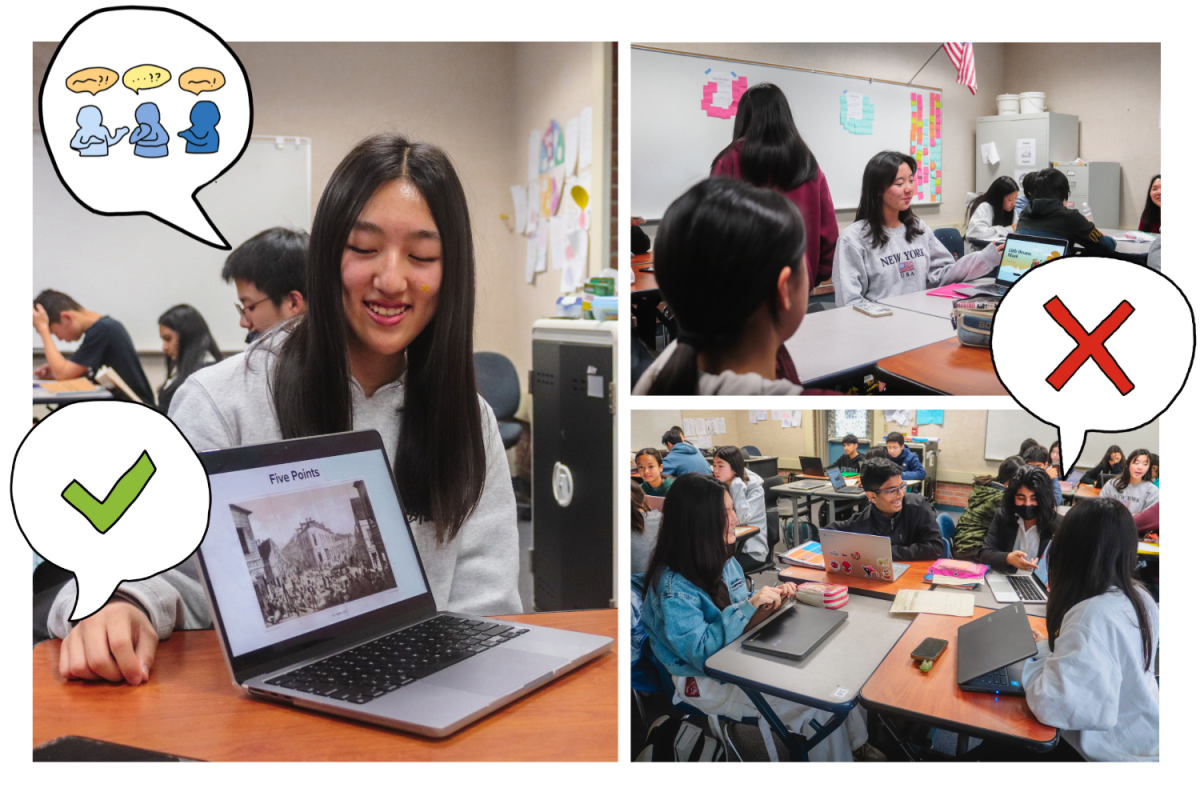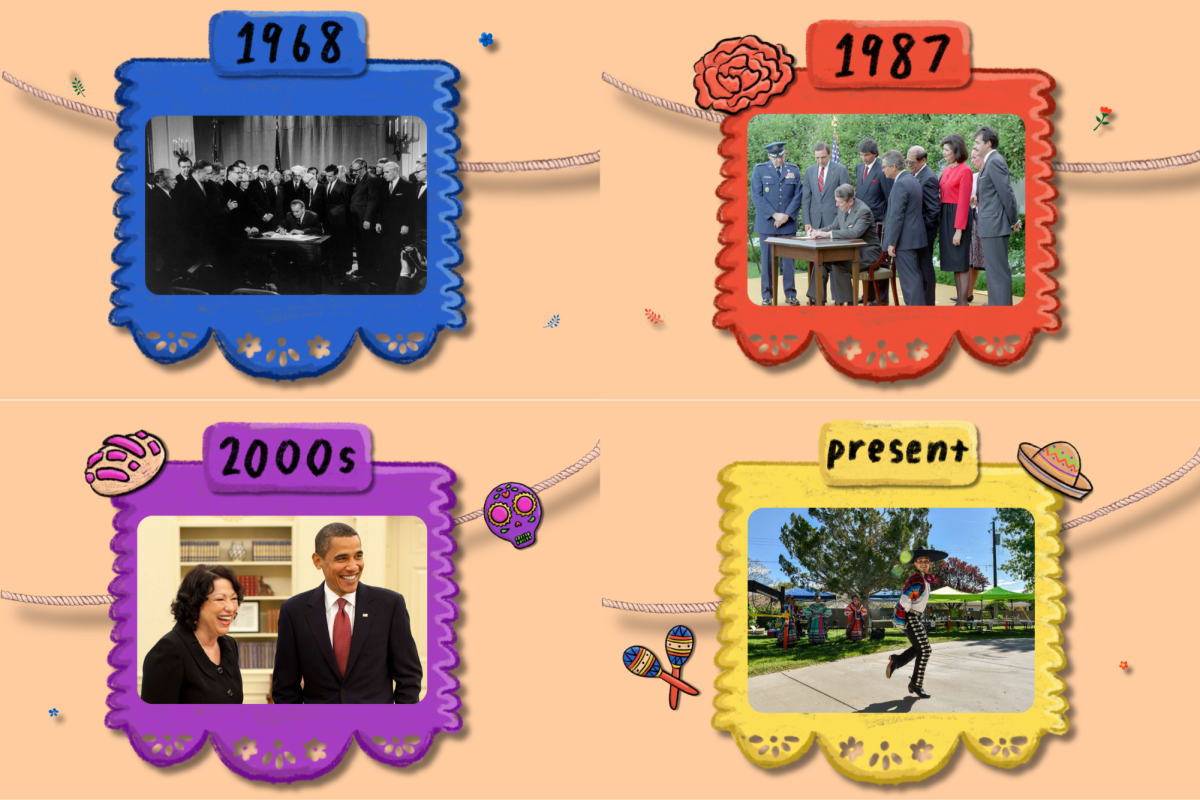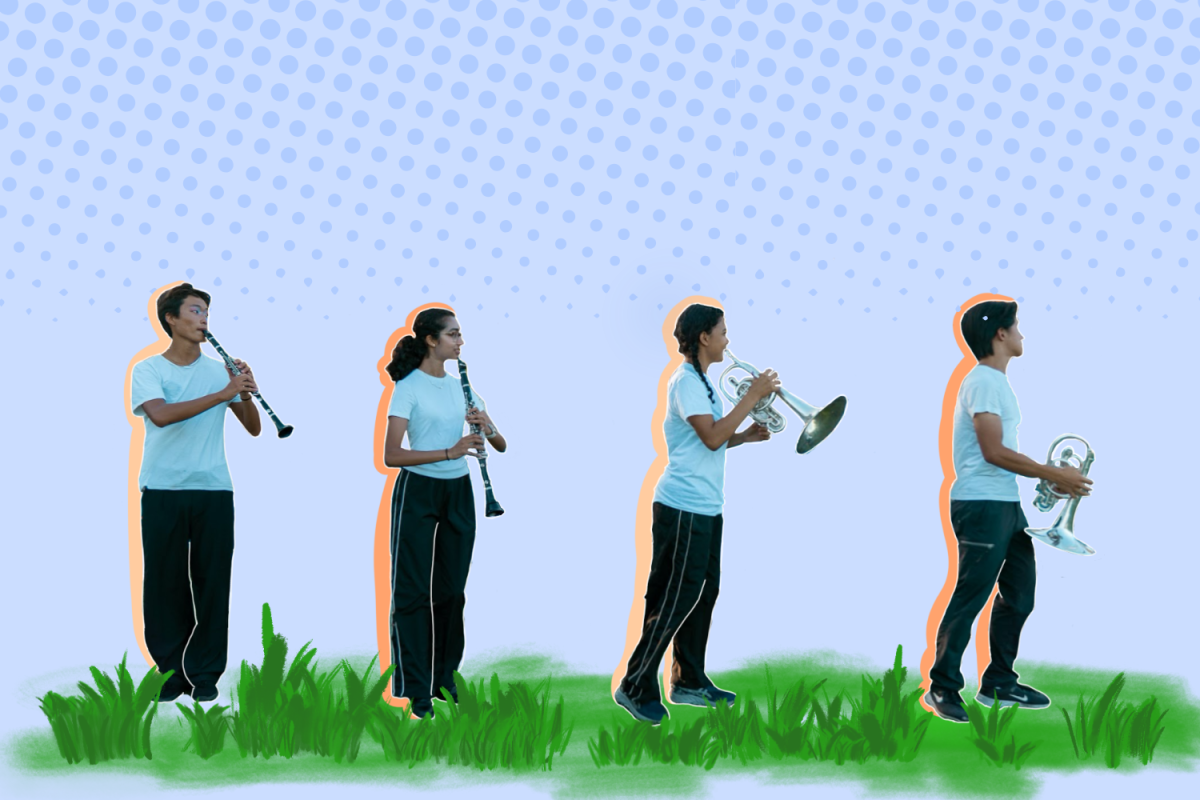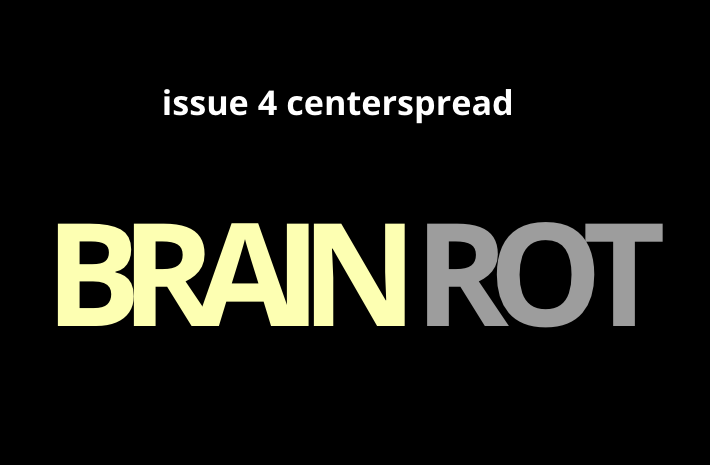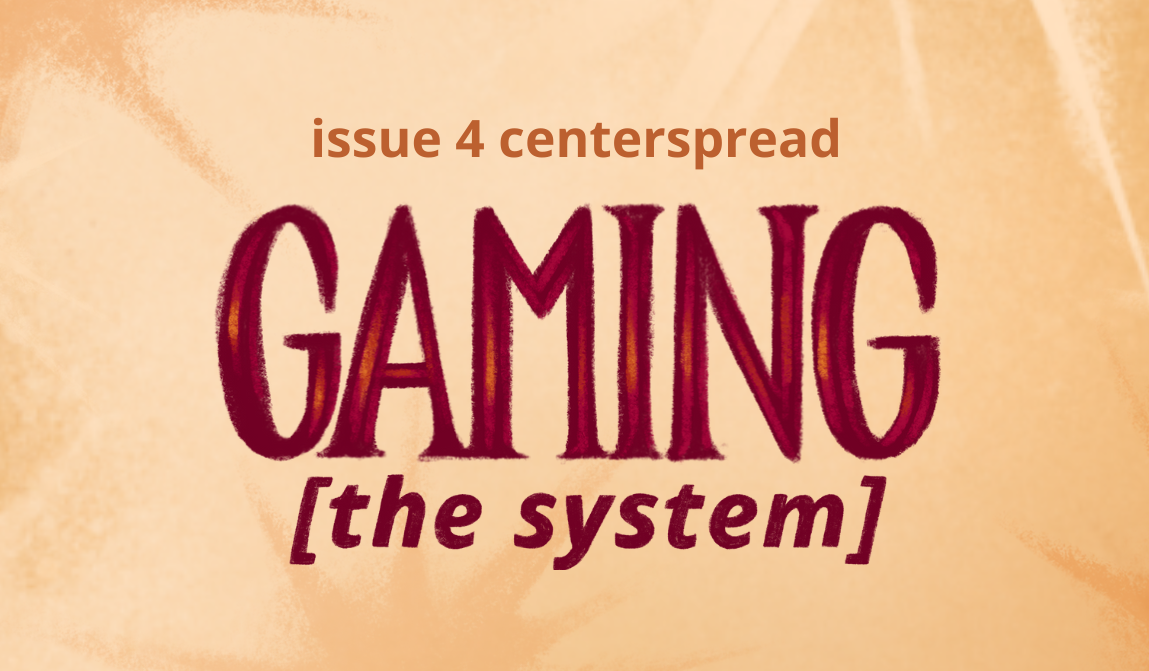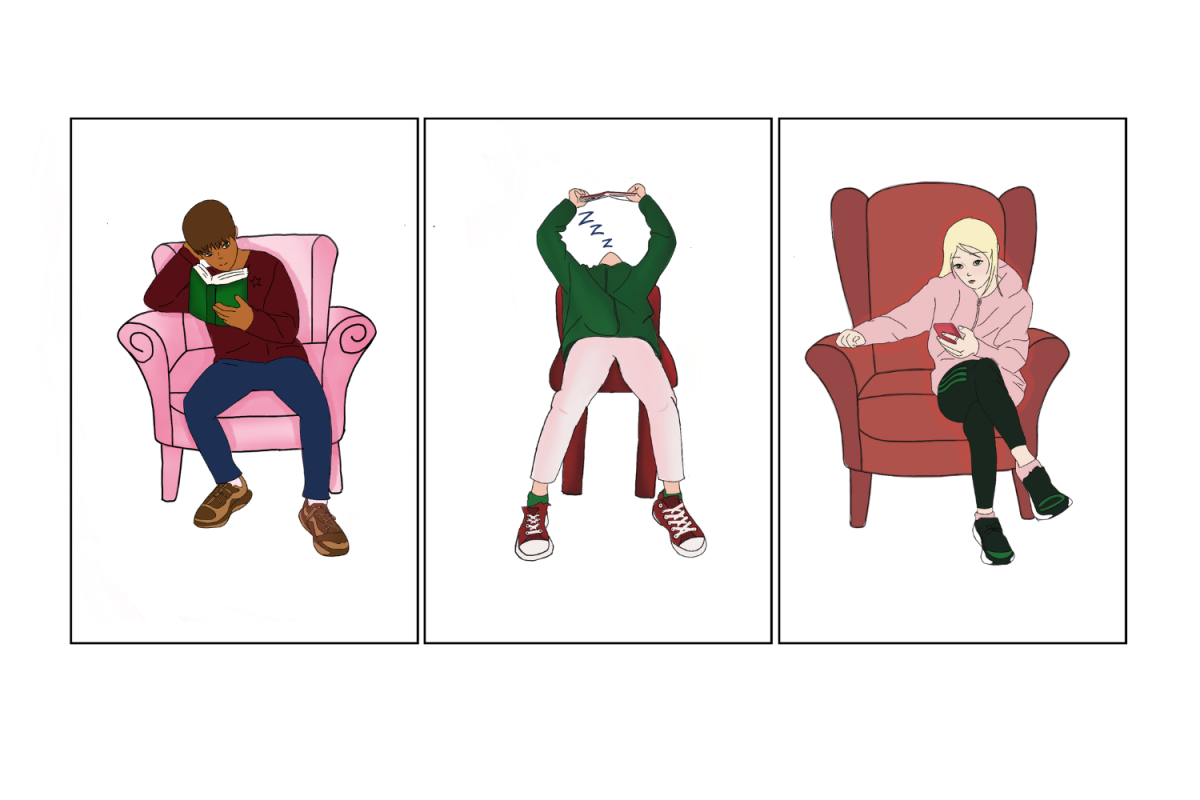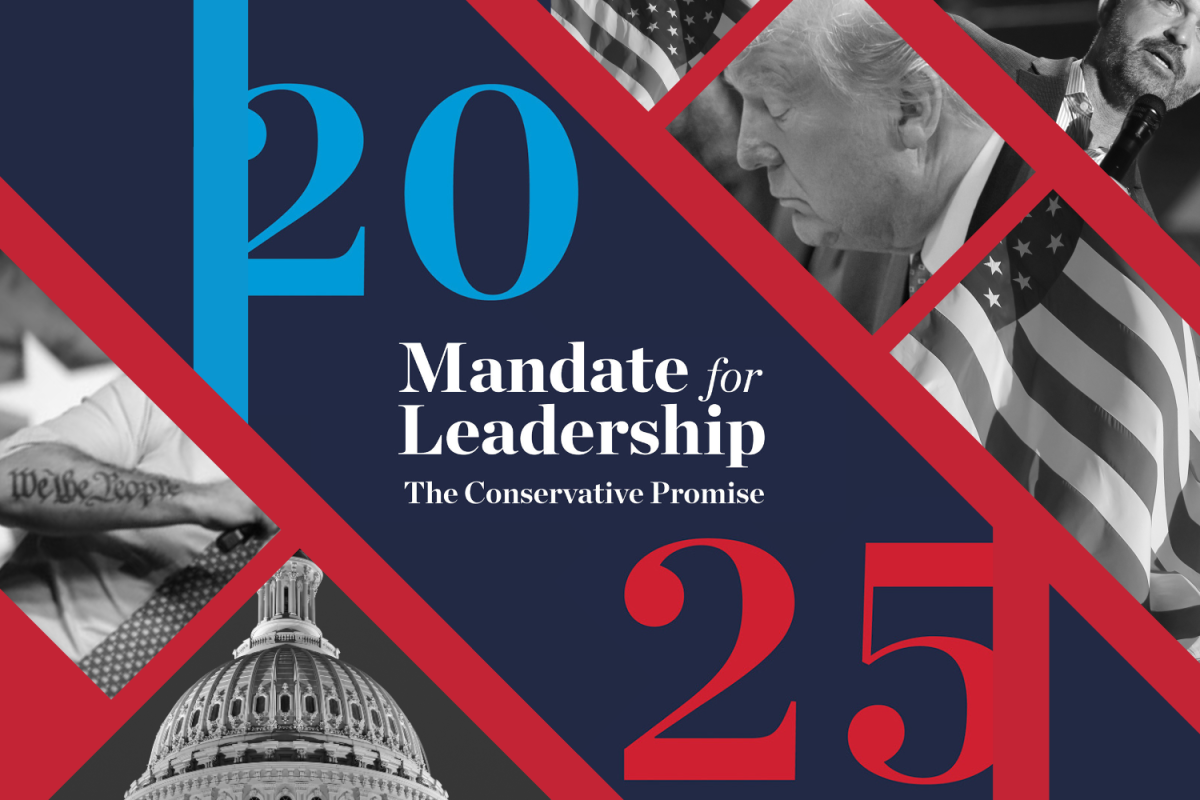Every year, high school students scour short passages and clipped paragraphs for theme and structure during the SAT. However, these brief blocks of text that many standardized tests and school curriculums have adopted in place of longer reading sections fail to promote the most important aspect of reading: analyzing and retaining information. Instead, these questions push a formulaic and shallow reading approach on students that decreases reading stamina and overall literacy.
The shrinking emphasis on the ability to interact with texts and books as a whole in school curriculums degrades literacy and reading stamina among students. In 2024, the College Board reported that only 40% of 12th graders received a National Assessment of Education score that met the college readiness benchmark, an almost 5% decline since 2019. This concerning dip among students poses many questions about the impact it will have on the future of education, including the standard of literacy and readiness for college education.
The lowered reading standard in standardized testing plays a huge factor in the declining literacy rates. As the SAT shifted to be completely online in 2023, reading sections that were several paragraphs long have been cut down to merely one to three short blocks of text. The number of text-based questions provided has also decreased. In a generation where attention spans are already diminishing, the change from longer paragraphs to shorter blocks has made it the norm for students to solely focus on categorizing information in short passages.
“I think that’s a disservice to students that standardized tests are being geared towards shorter passages because it’s lowering the bar for what’s expected in terms of concentration, comprehension and critical thinking,” English teacher Maggie Welsh said. “It’s lowering the expectations for a generation of students that are bombarded with short, quick messages from things like social media. Our tests shouldn’t reinforce that.”
The way that many reading questions are now framed in standardized tests and curriculums only encourages students to dissect short, similarly phrased paragraphs, emphasizing the habit of rapidly consuming texts rather than examining them. Fortunately, Lynbrook currently provides content that ensures students are able to develop reading stamina. However, decreased emphasis on reading interpretation leaves students unprepared for in-depth analysis of longer passages. For detailed analyses such as theme development and character studies, longer texts needed.
“I think shorter passages are catered and necessary for some test situations,” English teacher Joanna Chan said. “But is it effective to teach themes like empathy or how to be a better person? Shorter passages are not necessarily helpful for getting greater ideas on theme, which is what I think literature is for.”
This shift from longer texts to shorter passages also leaves many students unprepared for college curriculums, where professors often assign students much longer chunks of text.
“A lot of people I know study for the SAT by reading short passages, so when they get to AP English classes, they struggle,” said Audrey Na, senior and president of Students for Literacy. “The passages are much longer, and many students have difficulty getting through the text because they’re not accustomed to the length.”
Although this method could be considered a more efficient approach to analyzing text, it disregards the most important factor of reading: being able to learn and retain information from literature. Reading longer texts allows people to explore their interests, improve writing skills and analyze deeper topics. As a way to practice analyzing and absorbing information, students can find longer passages when studying or simply read a novel for fun. School curriculums can emphasize the importance of reading stamina in literacy.
“I think it will be beneficial to have a balance of short and long passages in testing and school curriculum,” sophomore Chander Lolayekar said. “This could help students develop both efficiency and stamina. It’ll also help with deeper analysis of texts, which would prepare students for future academic and real-world situations.”

















